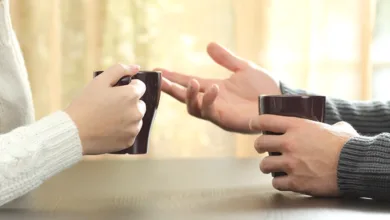Like Clouds Passing Overhead —It’s All About Time

Watching puffy white clouds float overhead on a lovely warm day makes one conscious of the here-to-there.
The clouds pass lightly with the breeze, changing shape as they fly. Time is here and now, now and then, there and gone. Am I passing time or losing time? Am I in time, past time, or about time? Full-time or part-time? So many clouds, so many ways to see them.
Some cultures don’t believe in time at all. Things just are. In some Native American cultures, even birth, aging, and death are as a single moment. Not linear, but circular; these circles go round and round in an eternal cycle. Just like clouds, if you look closely.
Whatever can be measured is measured. How do you measure time? Sure, we can watch the sun passing overhead and measure how long it takes to get from here to there. On the other hand, one feels time. It either passes too quickly or not fast enough. If we are in the business of measuring, how can something we measure stretch or constrict depending on one’s perception?
Sometimes we are in a hurry and anxious; other times, time flows in natural cadences like clouds floating by in the breeze.
Sundials were the first clocks. Early cave dwellers could figure out time-lapses using only a stick. Low-tech, but it works. Cloudy weather posed a problem, however. No shadow to mark the sun’s movement. Today, we count time like the Sumerian mathematicians — in increments of 12, with three sections for each finger times four fingers equals 12.
Hence, a clock has 60 seconds to each minute, 60 minutes to each hour, and 24 hours to each day.
Ancients fashioned water clocks that dripped water and sifted weights to measure time. Others created sand clocks that dribbled fine sand through a bifurcated glass. No worries about the clouds, here. Rely on the monks to keep track of time. Ding-dang-dong go the bells of the Abbey: Lauds, Prime, Terce, Sext mark the hours for everyone in the town.
The one confounding problem was how to tell time on a boat where the clock would sway with each swell. Without a stationary clock, calculating position on the vast blue ocean was impossible. As long as the earth was flat, no one cared. But once we learned that boats could sail on a round surface, we built better boats; after all, sailors needed to know exactly where they were on the ocean blue.
Hence, Christopher Columbus was a little off in his longitudinal figuring. His trip to the Spice Islands landed him at a Caribbean island, and the locals were called Indians.
Finally, technology caught up, and the mapmakers got it right. It just took time. Time is counted, spent, bought, and sold as though it has empirical (or practical) value, like money. But how should we value something that changes shape with the viewer’s perception? Maybe it is just a circle, after all, and there is no real value. Perhaps it’s just watching the clouds go by without measure or judgment.
Once in a while, it is good to step out of time for a time. We take off our watches and Fitbits, permitting ourselves to ignore the pressures of the moment. Whether we are moving along a continuum or in a circle, watching the wispy clouds float overhead and enjoying the breeze is a wonder without measure.





